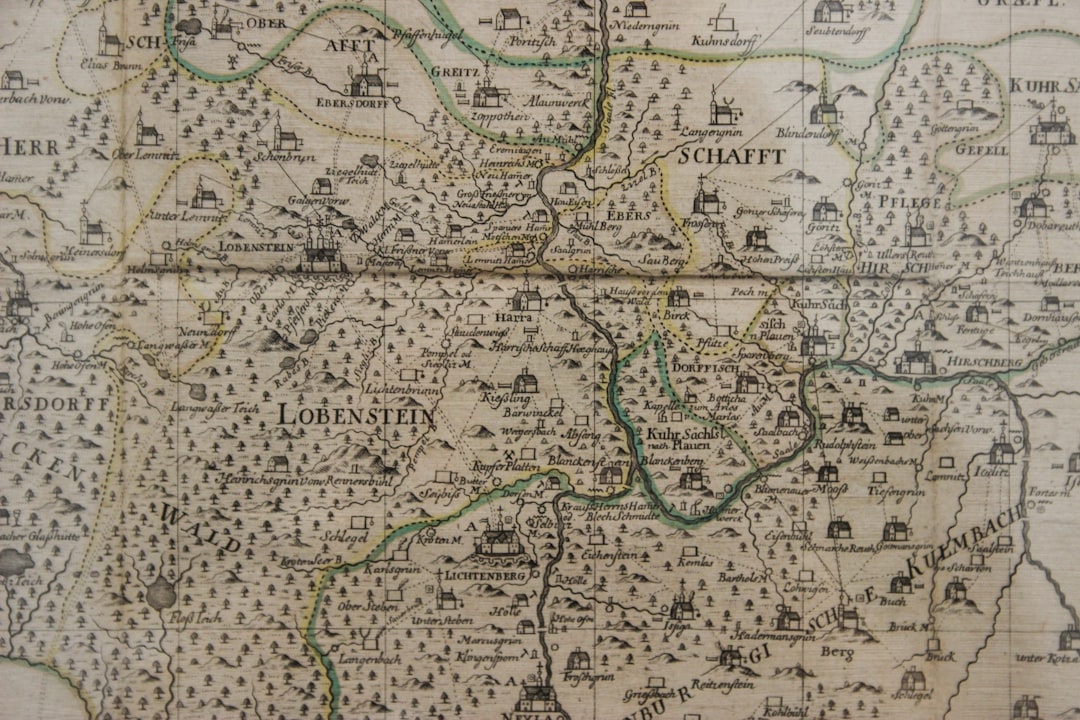What is it about?
The heavy-mineral analyses show no significant differences in the composition of the heavy minerals between the sandur and the ice-marginal valley sediments. It also appears that sediments supplied from the South have a high percentage of one heavy mineral (epidote) that is much rarer in the sandur and ice-marginal valley sediments. As the input of the epidote grains from the south does not leave a clear trace in the ice-marginal valley sediments, we can explain this only satisfactorily by an only marginal supply of sediment by the extraglacial streams coming from the South to the ice-marginal valley. The dominance of amphibole and garnet in both the sandur and the ice-marginal valley samples suggests that the material was mainly derived from a single source: the Palaeozoic and Precambrian rocks in the East Central Baltic. The heavy minerals in the ice-marginal valley were additionally slightly enriched by minerals derived from eroded Miocene sediments in the substratum of the ice-marginal valley and from the pre-Wisła system.
Featured Image
Why is it important?
The objective of the present contribution is to obtain quantitative data about the relative contribution of extraglacial (fluvial) sources to the sedimentary infill of the Toruń-Eberswalde ice-marginal valley. We do so by comparing the heavy-mineral compositions of sediments in the studied part of the ice-marginal valley with those of the sandurs (which must, by definition, have a northern source) and those derived from a southern source; heavy-mineral species that might be present in the ice-marginal valley sediments but not in the sandur sediments or significant differences in the percentage of specific heavy minerals might also be ascribable to the supply of sediments from extraglacial sources. It should be noted in this context that the concentrations of the heavy minerals in all analysed samples is comparable (the concentration differences don’t exceed 1%).
Read the Original
This page is a summary of: Heavy-mineral analysis as a tool to trace the source areas of sediments in an ice-marginal valley, with an example from the Pleistocene of northwest Poland, Netherlands Journal of Geosciences – Geologie en Mijnbouw, January 2015, Cambridge University Press,
DOI: 10.1017/njg.2014.37.
You can read the full text:
Contributors
The following have contributed to this page










